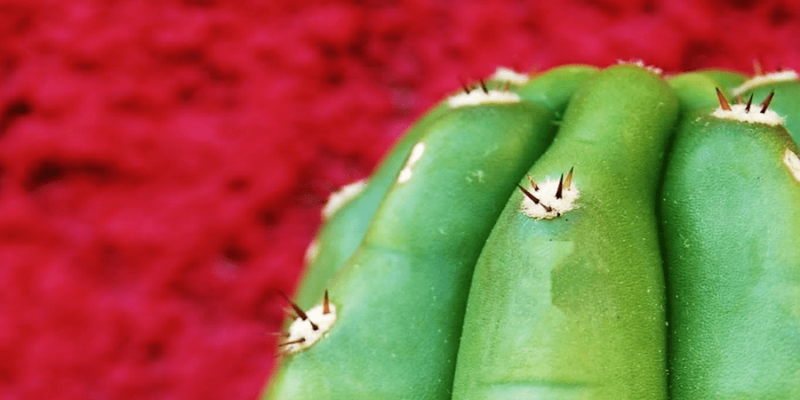Blogs
The fascinating world of mescaline cacti: San Pedro and Peyote
Are you familiar with mescaline cacti? Or not yet? These special plants, including the San Pedro and the Peyote, have a long history and have been used for spiritual and medicinal purposes for centuries. Today, we’ll guide you into the fascinating world of these cacti and find out what makes them so special.
Table of Contents
What is mescaline?
Mescaline is a naturally occurring hallucinogenic agent found in several species of cacti, the best known of which are the San Pedro and Peyote cacti[1] . It has a long history of ritual and medicinal use by indigenous cultures in Central and South America.
Mescaline is known for its ability to induce intense psychedelic experiences, making it sought after by people seeking spiritual enlightenment or an alternative state of consciousness. It can also induce hallucinations, altered perception of time and space, and feelings of euphoria.
A spiritual journey with the San Pedro
The San Pedro cactus is an upright columnar cactus that can often grow more than three metres tall. It contains a significant amount of mescaline in its stems, which is harvested and then used for spiritual and therapeutic purposes. San Pedro has a rich history of use in shamanic rituals by indigenous peoples in the Andes[2] .
It is considered a sacred plant that is part of ceremonies to promote healing, spiritual guidance and personal transformation. When San Pedro is consumed, it can induce a prolonged psychedelic experience that can last as long as 10 to 12 hours. The effects vary from person to person, but many report a sense of connection with nature, increased empathy and self-reflection.
The ancient Peyote
Another well-known mescaline cactus is the Peyote cactus, or Lophophora williamsii. Peyote is a small, spherical cactus that grows in the deserts of northern Mexico and southern Texas. It has been used for centuries by indigenous tribes, such as the Huichol in Mexico and the Navajo in the United States. Within these cultures, Peyote is considered a sacramental plant used for religious purposes, such as obtaining spiritual visions and promoting healing.
It is usually dried and then chewed or eaten. The experiences associated with consuming Peyote can be profound and can lead to deep introspection and spiritual revelations. Some people have reported visions, spiritual enlightenment and heightened awareness of their surroundings.
Contemporary developments
Mescaline cacti are of great value for shamanic rituals, therapies and have now also attracted scientific interest. [3] In recent years, there have been a growing number of studies on the potential therapeutic uses of mescaline and the cacti it is found in. Research suggests that mescaline cacti may have potential benefits in the treatment of depression, anxiety disorders and addictions.
The mechanism behind these effects is not yet fully understood, but it is thought that mescaline may promote neuroplasticity, leading to positive changes in the brain. Many people also report an increase in creativity, empathy and connection with nature. How cool is that?
Sources:
[1] https://adf.org.au/drug-facts/mescaline/
[2] https://pubmed.ncbi.nlm.nih.gov/16625512/
[3] https://www.ncbi.nlm.nih.gov/pmc/articles/PMC8033766/
